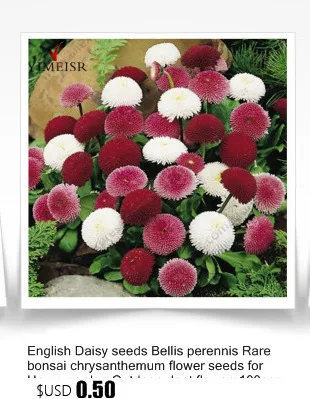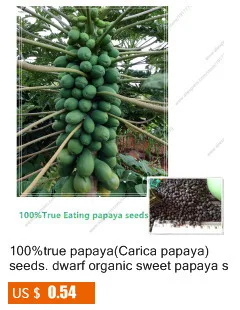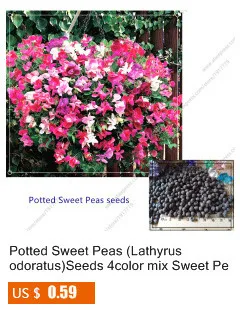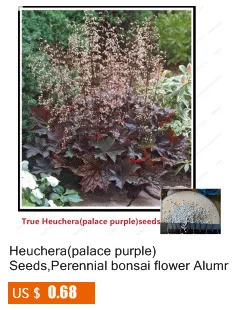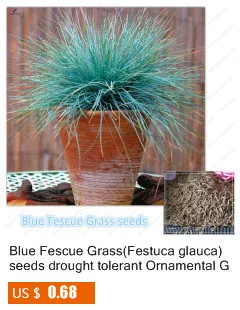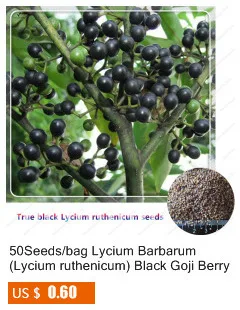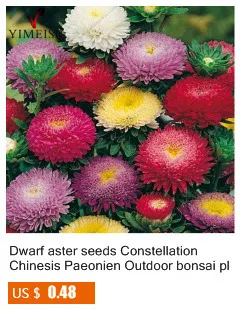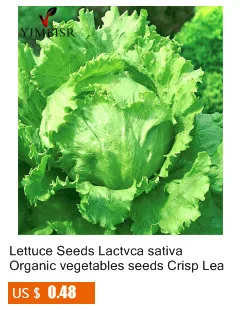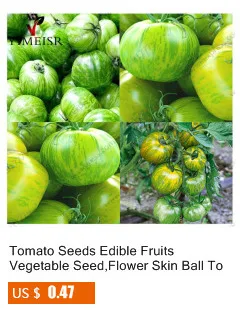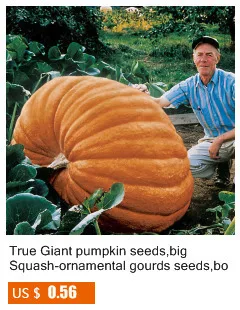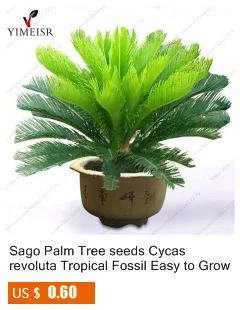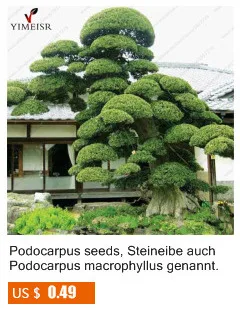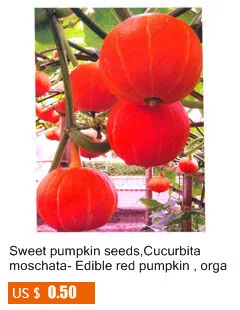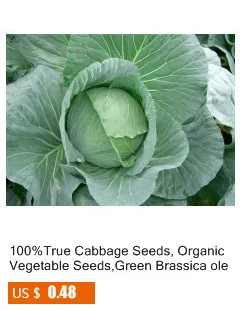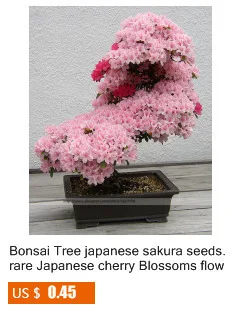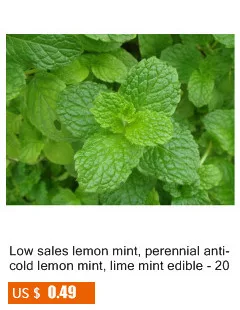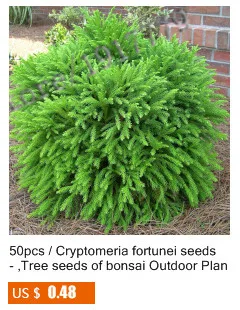Growing giant pumpkins can be a fascinating experience. Before you can master the art of growing a giant, however, you must be familiar with the basic principles of growing pumpkins. Once you have become familiar with this information, you are ready to try your hand at growing a GIANT!
How to Grow?
1. Prepare the pumpkin patch
It's best to start preparing the pumpkin patch in the fall. Designate a spot that is six feet by six feet, level and in full sun. Chenier suggests amending the soil with compost, manure, shredded leaves, dried grass clippings and natural additives like granular humic acid fertilizer, kelp meal, corn meal and even molasses. The soil and additives should then be mixed together and allowed to sit over the winter.
2. Sowing the seeds
To get a head start on Mother Nature, start your pumpkin seeds indoors in mid-April. Chenier recommends Dills Atlantic Giant variety as the best seeds to use when growing a giant pumpkin. Plant individual seeds in four-inch peat pots filled with lightly moistened soil. Place the pots in a warm, sunny location and keep them moist. The seeds will sprout within three to five days.
3. Transplant the seedlings
Once the seeds have sprouted and the first true leaves appear, it's time to transplant the seedlings outside. The pumpkin plants are extremely delicate, and care must be taken when transitioning them outdoors. Don't remove the plant from the pot; you risk damaging the roots. Dig a hole and place the peat pot directly into the soil; the pot will eventually break down.
4. Shelter your plants
To keep your plant sheltered, a mini greenhouse can be used to keep the plants warm. Pumpkin professionals use ground-heating cables to keep the soil warm and toasty in early spring. Once the cool spring mornings have passed, the greenhouse or cables can be removed. Chenier explains that wind barriers erected around the plants help keep the young plants sheltered, especially since the seedlings have shallow roots that prevent them from anchoring into the soil. Once the plants have had enough time to establish themselves in their new home, the barriers can be removed.
5. Keep your pumpkin patch weed-free
Until your seedlings are established, it's best to weed your pumpkin patch regularly, but don't stop there: By eliminating weeds throughout the growing season, you'll also help prevent insects and other diseases from potentially spreading to your vines

